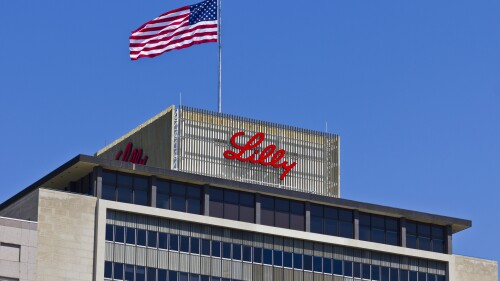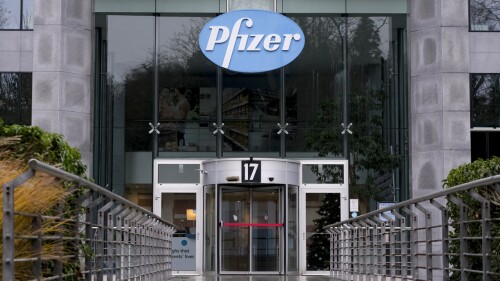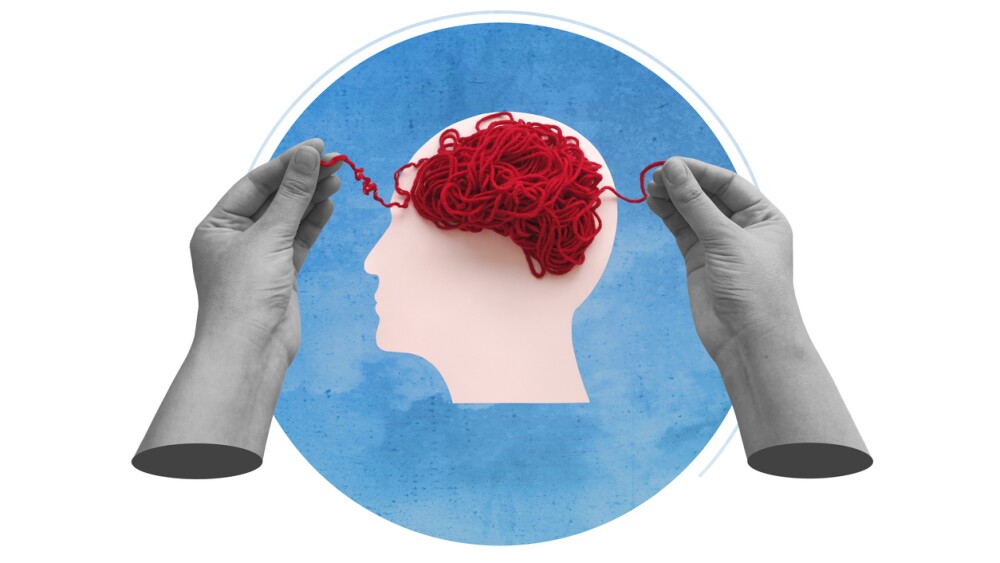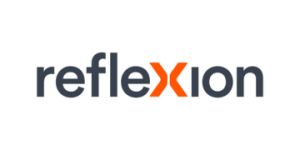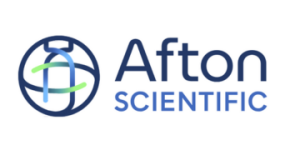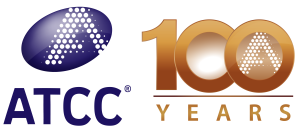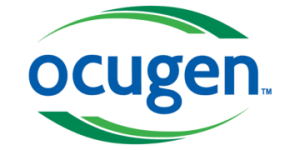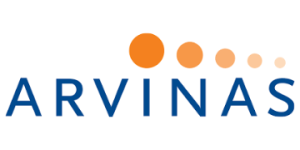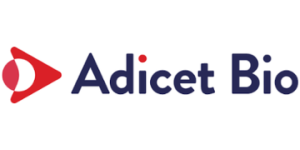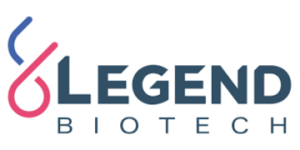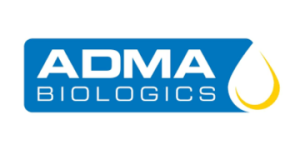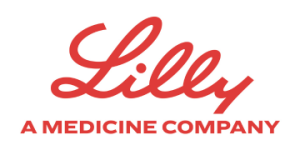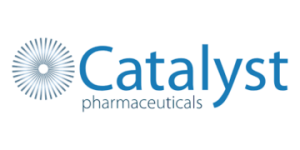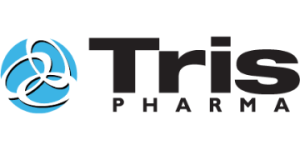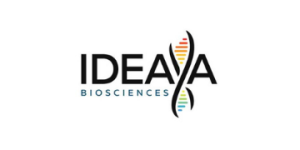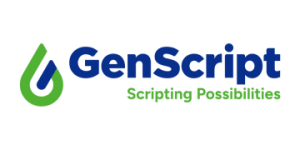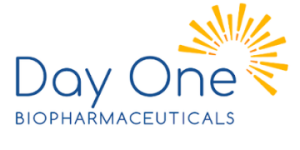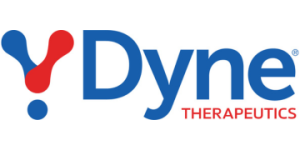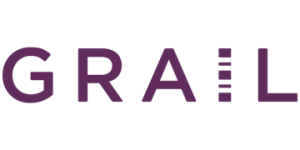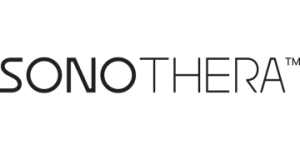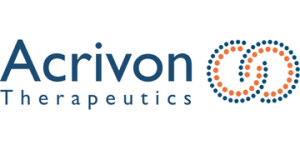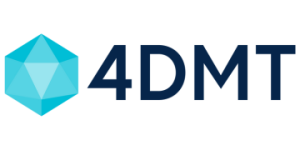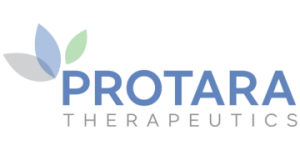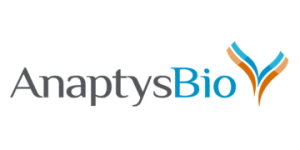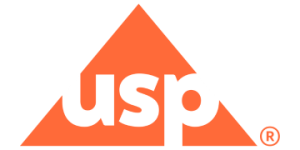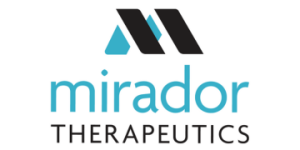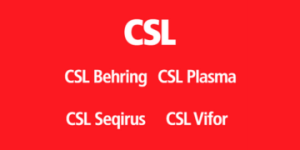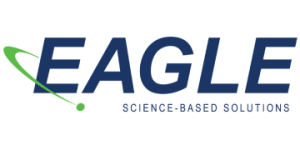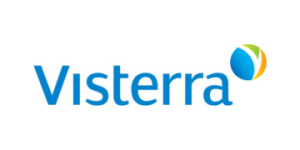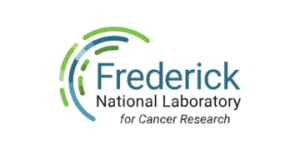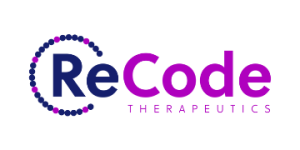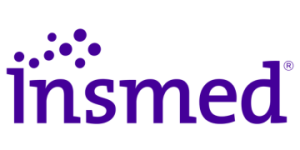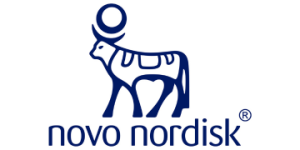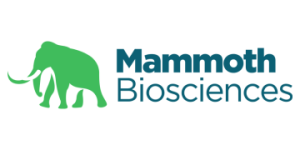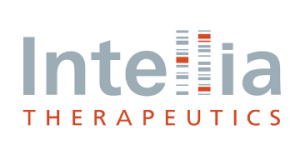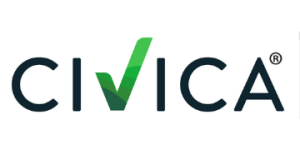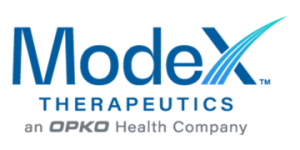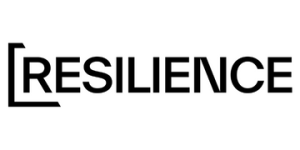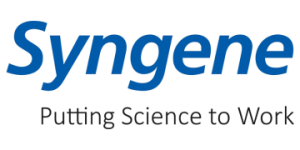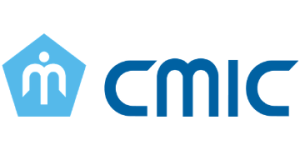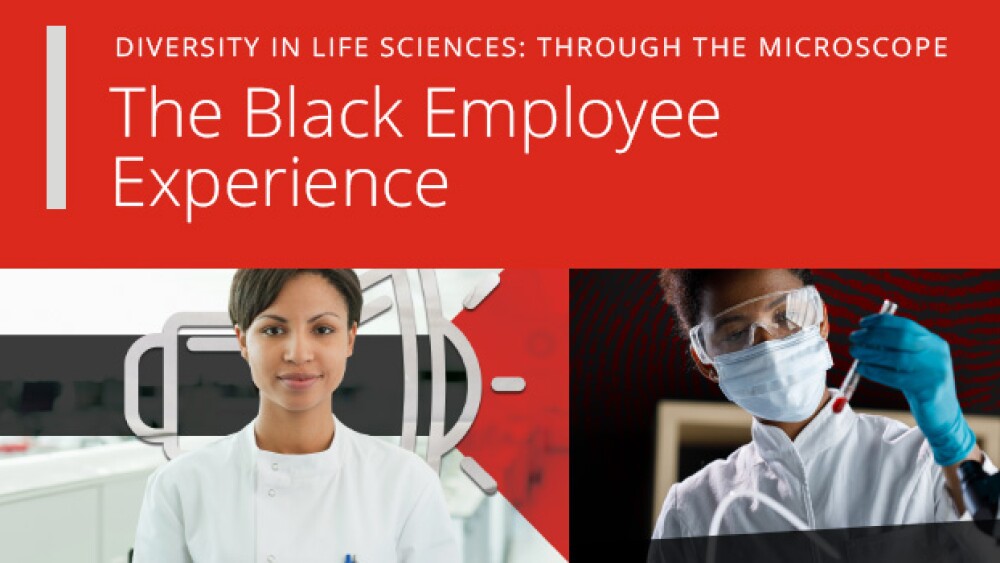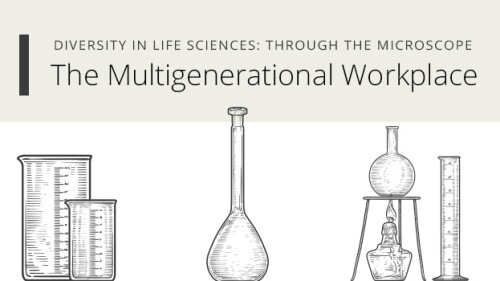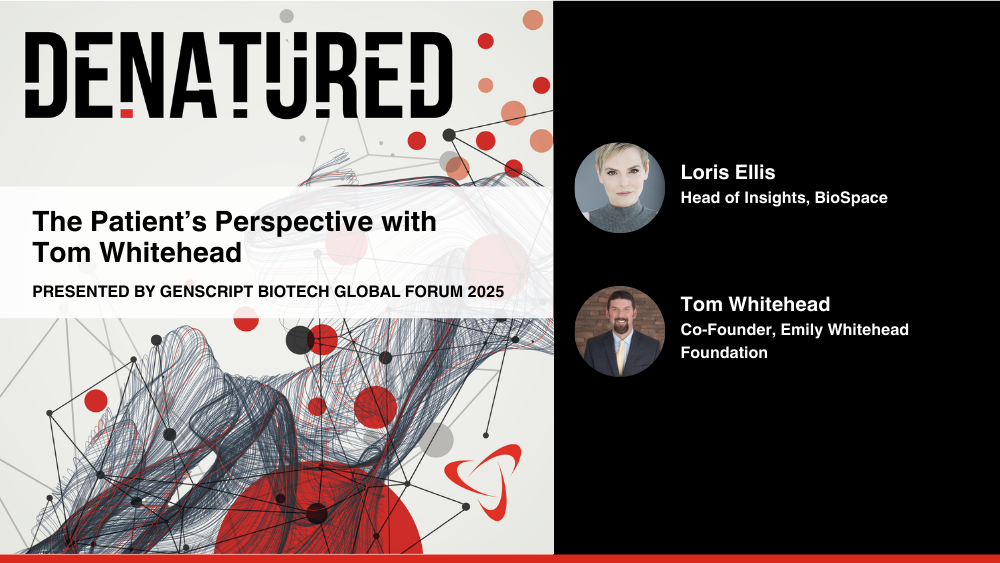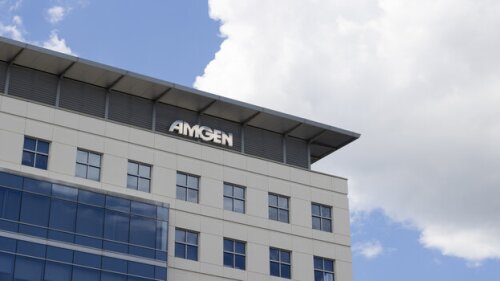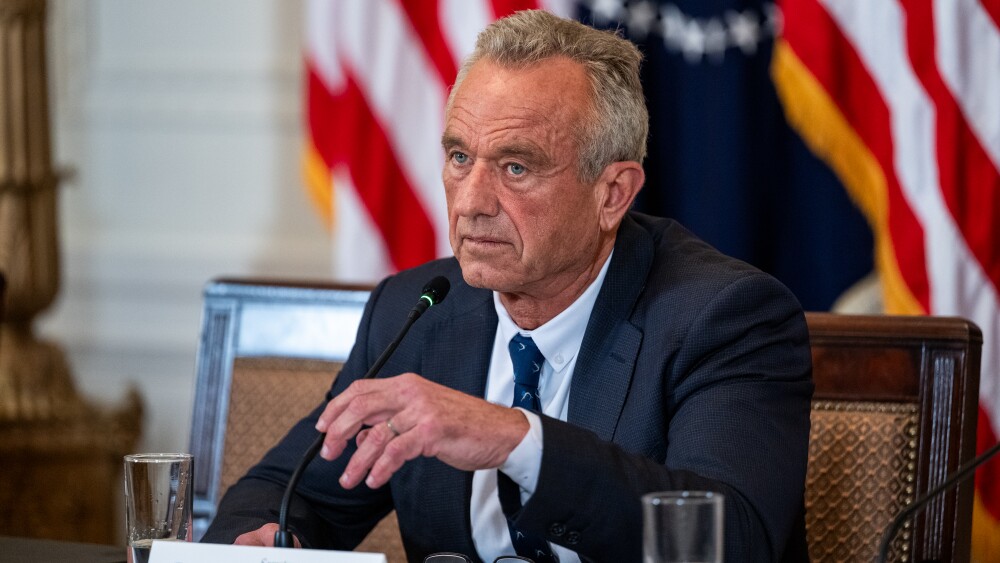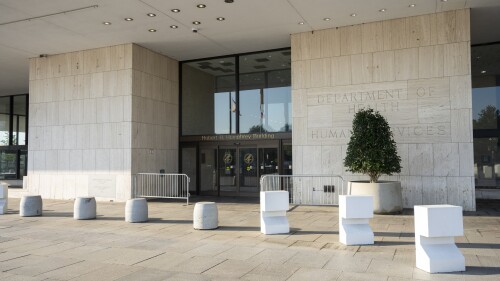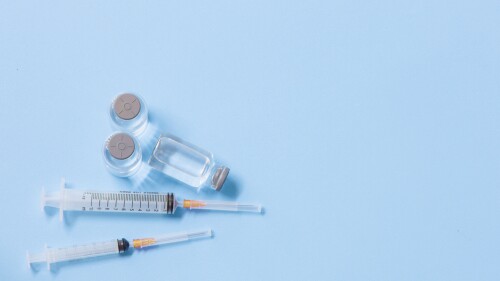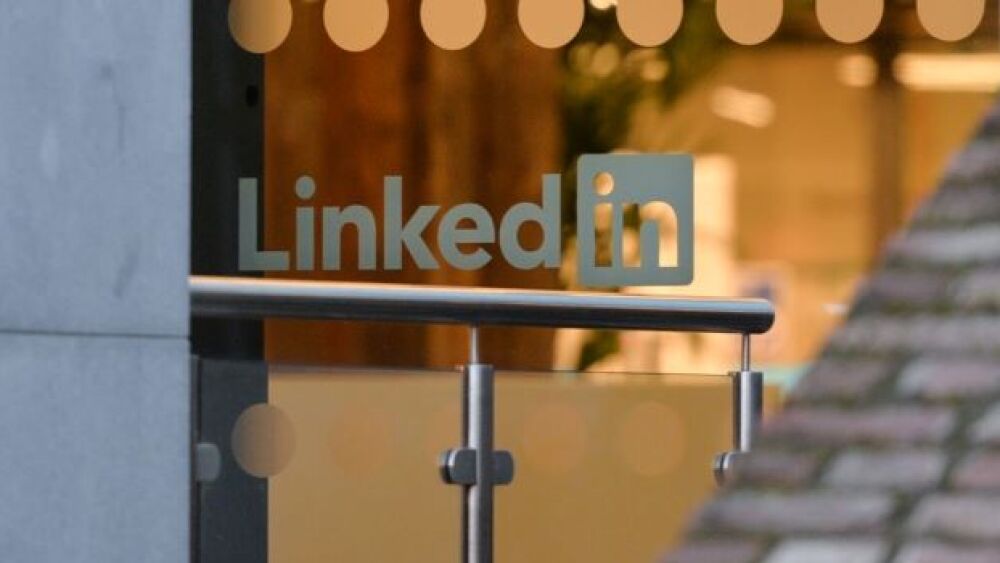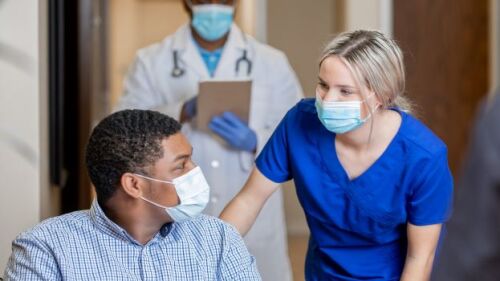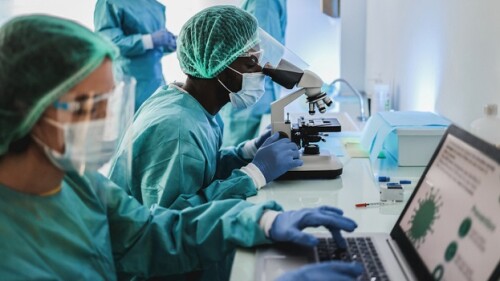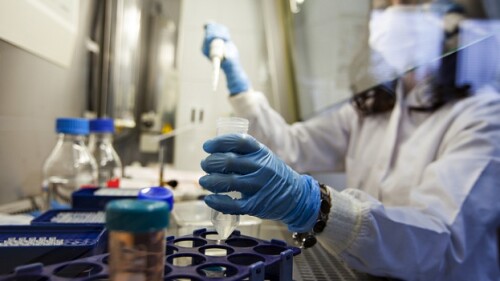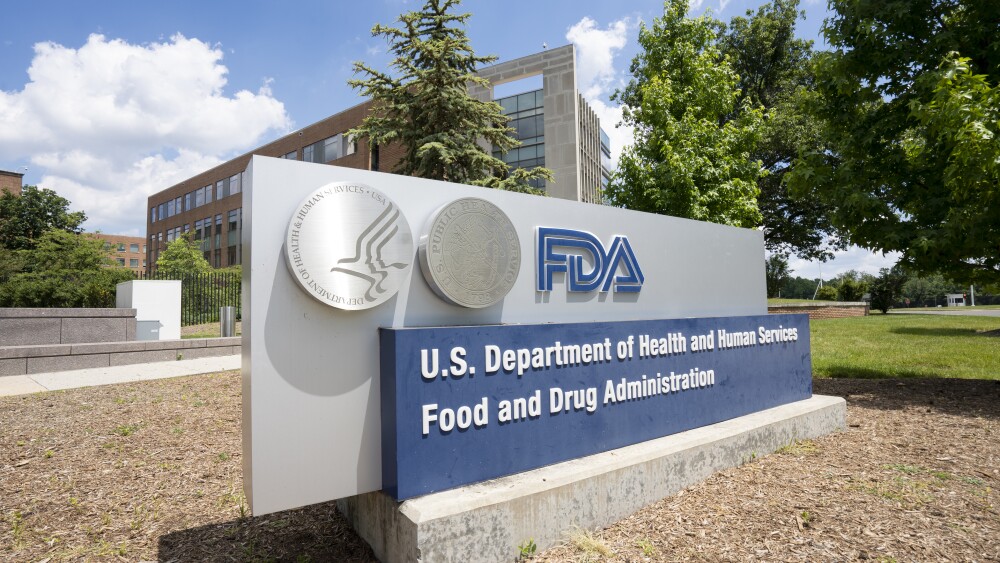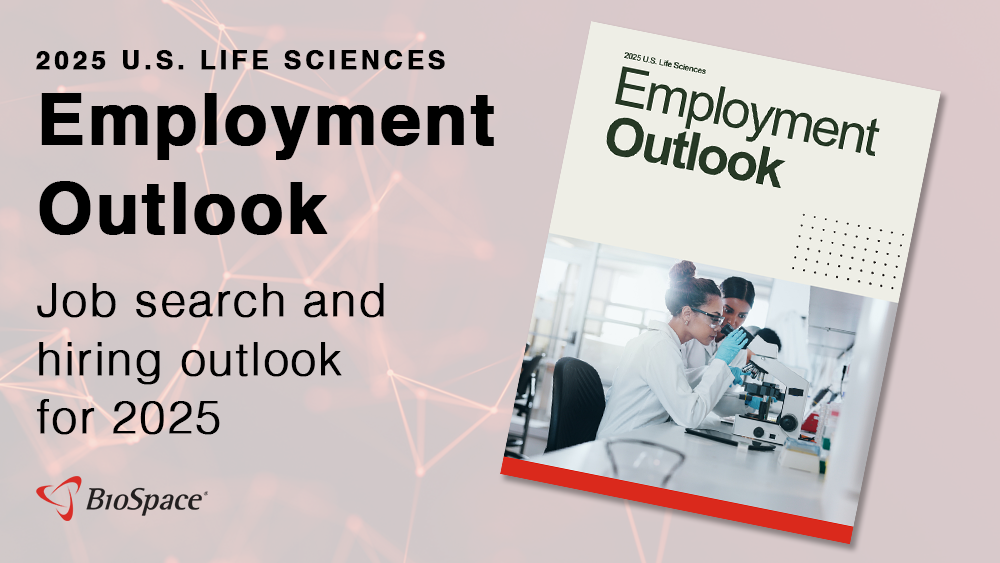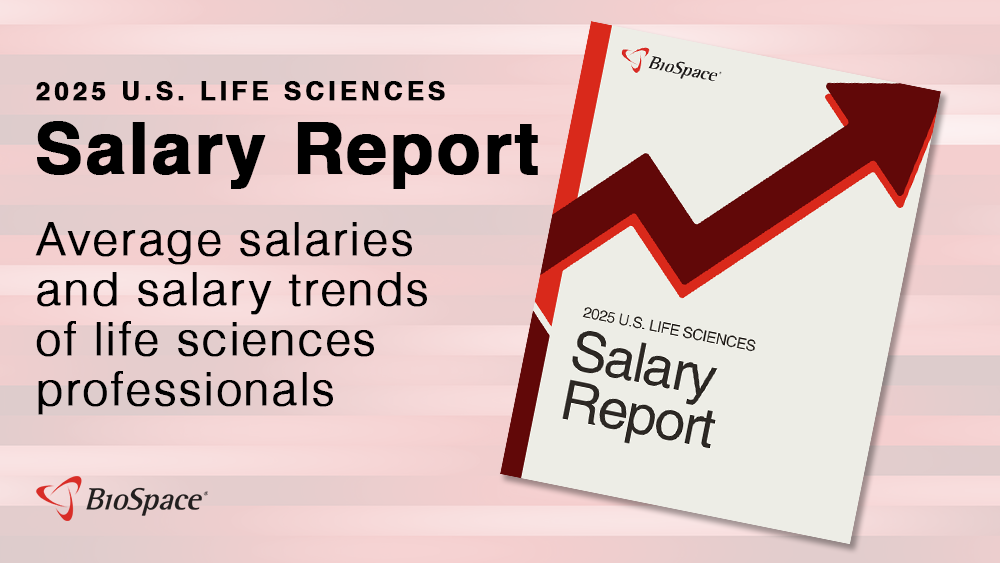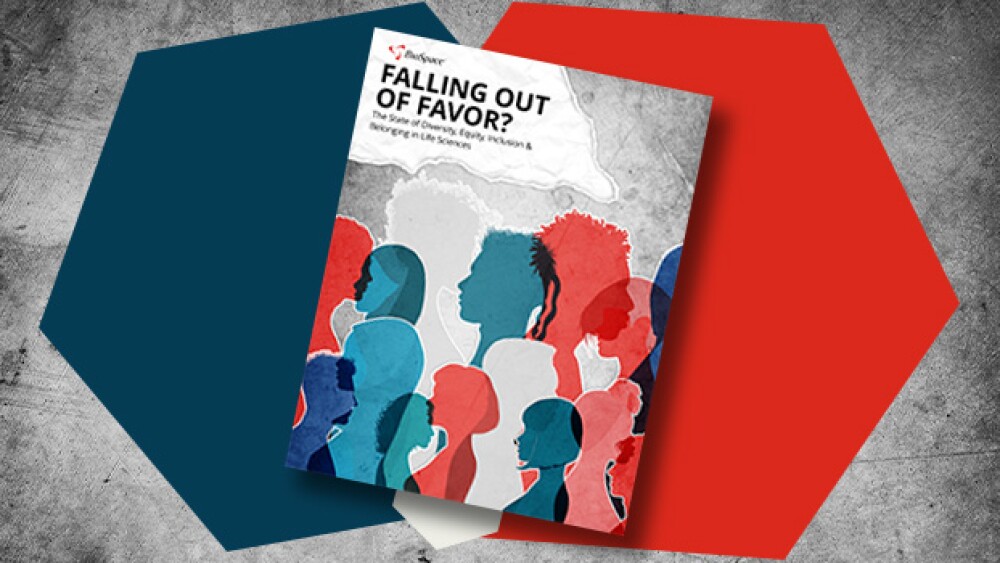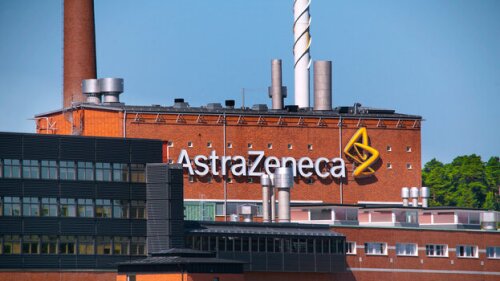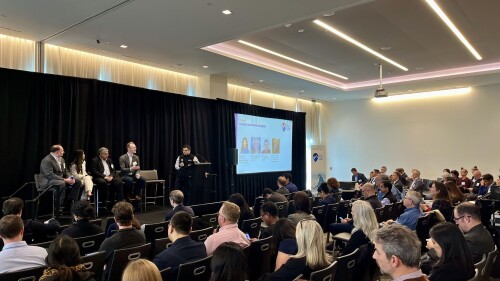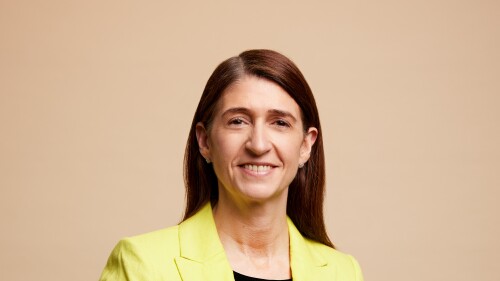Bristol Myers Squibb beat analyst and consensus estimates for the third quarter with $12.2 billion in sales, but executives on the company’s investor call faced questions about a sluggish uptake for schizophrenia drug Cobenfy as well as a highly anticipated Alzheimer’s psychosis readout for the product.
MeiraGTx Holdings is licensing a genetic eye disease medicine to Eli Lilly in a deal worth up to $475 million.
Ionis is planning a supplemental submission by the end of the year to expand Tryngolza into severe hypertriglyceridemia. If granted, William Blair expects the antisense drug to be “transformational” for this indication.
Eli Lilly has been on a dealmaking spree this year, with a few deals worth $1 billion or more. Aside from SangeneBio, these include SiteOne, Verve and Scorpion.
Multiple analyst firms were impressed by the Phase III data, which showed that Merck’s oral PCSK9 inhibitor can lower low-density lipoprotein cholesterol by more than 55% after 24 weeks.
The deal is done. What happens next for Pfizer and Metsera—and Novo?
After a bidding war erupted between Pfizer and Novo Nordisk over the fledgling obesity drugmaker, Metsera sided with its original suitor in a final agreement announced late Friday evening.
FEATURED STORIES
Though nerves abound for funders and founders in the industry, money continues to flow into startups, sometimes in eye-popping numbers. BioSpace rounds up the biggest raises so far this year.
Acknowledging the limits of disease-modifying drugs like Leqembi and Kisunla, companies like Bristol Myers Squibb, Acadia, Otsuka and Lundbeck are renewing a decades-old search for symptomatic treatments, including in high-profile drugs like Cobenfy.
These five upcoming data drops could usher in more effective and convenient therapies for Alzheimer’s disease and open up novel pathways of action to treat the memory-robbing illness.
Second-quarter earnings come amid many high-level challenges for the biopharma industry. How will these five closely watched biotechs fare?
ADARx Pharmaceuticals CEO Zhen Li found her way to biopharma through Merck, where she was inspired by the application of powerful science to human medicine.
When talking to some of the most impressive women in biopharma, the conversation inevitably turned to what these women wanted other entrepreneurs to know. Here’s the best of the best of that advice.
LATEST PODCASTS
Novartis, Eli Lilly and more put on their deal-making caps, Bristol Myers Squibb targets $2 billion in savings through 2027, sales continue to soar for Lilly and Novo Nordisk’s GLP-1s and Regeneron sues Sanofi over an alleged failure to provide adequate information about Dupixent sales.
Robert F. Kennedy Jr.’s HHS nomination moves to a full Senate vote; Donald Trump’s tariff war sparks China-related concerns for biopharma; Pfizer, Merck and more announce Q4 and 2024 earnings; and the non-opioid painkiller space heats up as FDA approves Vertex’s Jounavx.
In this episode, presented by the Genscript Biotech Global Forum 2025, BioSpace’s Head of Insights Lori Ellis talks to Tom Whitehead, co-founder of the Emily Whitehead Foundation, about how standard care, cell and gene therapies and their impact on patients.
Job Trends
Amgen (NASDAQ:AMGN) today announced the U.S. Food and Drug Administration (FDA) has approved BLINCYTO® (blinatumomab) for the treatment of adult and pediatric patients one month or older with CD19-positive Philadelphia chromosome-negative B-cell precursor acute lymphoblastic leukemia (B-ALL) in the consolidation phase, regardless of measurable residual disease (MRD) status.
Subscribe to GenePool
Subscribe to BioSpace’s flagship publication including top headlines, special editions and life sciences’ most important breaking news
SPECIAL EDITIONS
In this deep dive, BioSpace investigates China’s rise as a biotech powerhouse.
In this deep dive, BioSpace explores the next big thing in obesity.
BioSpace did a deep dive into biopharma female executives who navigated difficult markets to lead their companies to high-value exits.
DEALS
-
A new Pitchbook report found $4.3 billion in funding to women-fronted biotech companies across 121 deals. The increase comes as sociopolitical headwinds slam into initiatives to support women and minorities.
-
At the heart of the deal is the drug candidate dordaviprone, which is months away from a regulatory verdict for its use in H3 K27M-mutated diffuse glioma.
-
In a move straight out of 2021, BridgeBio Oncology is taking the SPAC route to the public markets in a deal with Helix Acquisition Corp. II worth $450 million in proceeds.
-
In this episode of Denatured, BioSpace’s Head of Insights Lori Ellis and Miruna Sasu, CEO of COTA, discuss life sciences investment and the potential for disruption.
-
Our CEO accidentally started a book club. Now we’re all dreaming of mega pharma mergers.
WEIGHT LOSS
-
Like fellow Big Pharmas Eli Lilly and Johnson & Johnson, Amgen is urging the Trump administration to consider tax policy instead of tariffs to promote domestic pharma manufacturing.
-
Eli Lilly CEO David Ricks is confident that weight loss med Zepbound is gaining market share at the expense of Wegovy, even as its rival strikes deals with CVS and Hims & Hers pharmacies.
-
To say, as CEO David Ricks did, that this was a good quarter, is an understatement. Mounjaro in diabetes brought in $3.84 billion for the quarter while Zepbound in weight loss booked $2.31 billion.
-
As Q1 2025 earnings season continues, tariffs remain top of mind for pharma CEOs and investors. Meanwhile, the American Association for Cancer Research’s annual event kicks off this year’s oncology conference season. Plus, will the FDA become politicized under HHS Secretary RFK Jr.?
-
In December 2024, the FDA affirmed that the shortage of tirzepatide, marketed as Zepbound for weight loss, had ended, formally barring compounders from producing their knockoff versions of the drug.
POLICY
-
Societies, including the American Academy of Pediatrics, allege that Kennedy’s directive to remove COVID-19 from vaccination guidelines for healthy pregnant women and healthy children puts these vulnerable groups at risk of serious illness.
-
Despite rehiring hundreds of FDA, CDC and NIH employees, the Department of Health and Human Services is still a skeleton of its former self under Health Secretary Robert F. Kennedy Jr.
-
Health Secretary Robert F. Kennedy Jr. endorsed the expanded use of RSV vaccines for people 50 through 59 years old who are at risk of severe disease.
-
An open letter signed by more than 50 industry executives blasts a “fundamentally, fatally flawed” report that urges greater restrictions on the abortion pill.
-
As an office of the executive branch, the Department of Health and Human Services “does not have the authority” to implement sweeping changes to the structure of the agency as created by Congress, a judge wrote.
Teaming up with a recruiter can be a smart move in a tight job market or for job seekers looking for a specialized role. To help you in your job search, we’ve outlined how to get the best out of recruiters.
Whether a job search is voluntary or not, months of interviews, wrangling over pay and benefits and evaluating options has a weighty psychological toll.
The role of a clinical research nurse can be rewarding, but it’s not without challenges. Find out more about the role of a clinical research nurse and what it takes to become one in our guide.
Find out everything you need to know about research and development, including the skills it requires and what you should do if you’re ready to make the transition into R&D.
At the foundation of every clinical trial are the professionals who ensure its successful execution. Read on to find out more about how to know if clinical research is right for you.
Q1 is the time when many employers are actively recruiting new talent. Because it takes an average of 60 days to fill a job opening, Q4 might be the best time to apply for jobs in the life sciences.
HOTBEDS
REPORTS
In this Employment Outlook report, BioSpace explores current workforce sentiment, job activity trends and the prospective job and hiring outlook for 2025, particularly as it compares to the previous year.
BioSpace’s third report on diversity, equity, inclusion and belonging in life sciences examines dramatic shifts in attitude around diversity initiatives.
CANCER
-
Analysts were effusive about Merus’ new HNSCC data, writing that petosemtamab could “become the standard of care” in the first-line setting for this indication.
-
The FDA’s independent advisors found Pfizer’s data lacked the precision needed to establish the efficacy of Talzenna in patients with prostate cancer who do not carry HRR mutations.
-
Roche, along with Bristol Myers Squibb, Novo Nordisk, AbbVie, Eli Lilly and others, is making inroads into molecular glues to use in cancer, immunology and other applications.
-
The ODAC cited concerns with patient populations in clinical trials used to support the proposed expansion. Johnson & Johnson fared better, with the FDA’s cancer advisors voting to recommend Darzalex in patients with a certain type of multiple myeloma.
-
The deal comes three months after Pfizer inked a PD-1/VEGF partnership with Summit Therapeutics, leading BMO Capital Markets to express confusion regarding the pharma’s overall strategy.
NEUROSCIENCE
-
According to CEO Daniel Vitt, clinical and disability-related outcomes are more relevant than brain volume change for drug development in multiple sclerosis.
-
Following the recent discontinuations of assets in Alzheimer’s and migraine, AstraZeneca is stepping away from neuro altogether.
-
Biohaven will use the money to bankroll commercial preparations for the spinocerebellar ataxia drug candidate troriluzole, which is currently under FDA review with a decision expected in the third quarter.
-
Despite a dip in sales and a recent schizophrenia stumble, the company drew an optimistic outlook for sales for the rest of the year, even as the specter of pharmaceutical tariffs looms.
-
With a new raise provided by Flagship Pioneering, the new company is aiming to find “the silent window” before disease symptoms set in.
CELL AND GENE THERAPY
-
Ayrmid’s offer is 50% higher than bluebird’s previously announced deal with Carlyle and SK Capital Partners.
-
Industry updates and investment insights—including investor behavior and fundraising advice—were among the topics experts explored at Charles River Laboratories’ 2025 Cell & Gene Therapy Summit.
-
Werner held roles at Bristol Myers Squibb, AstraZeneca and Novartis before landing at Alltrna, where she works to develop tRNA-based treatments for a range of diseases.
-
Last month, Deerfield Management accused Alcon of obstructing Aurion’s IPO plans so it could acquire the startup “at a discount.”
-
Adaptimmune is rolling out its T cell therapy Tecelra for synovial sarcoma, recording $1.2 million in sales since its approval in August 2024. Nevertheless, it is pausing development of two oncology assets to save money.






